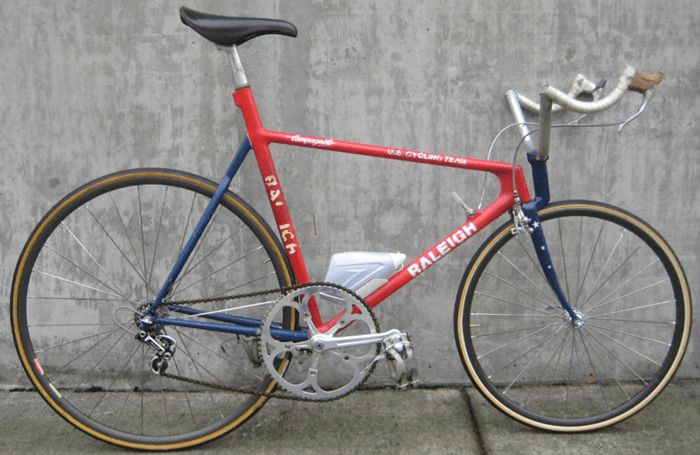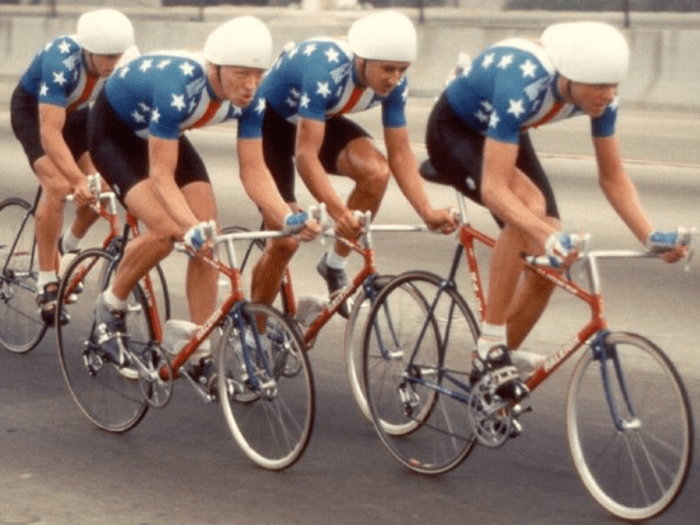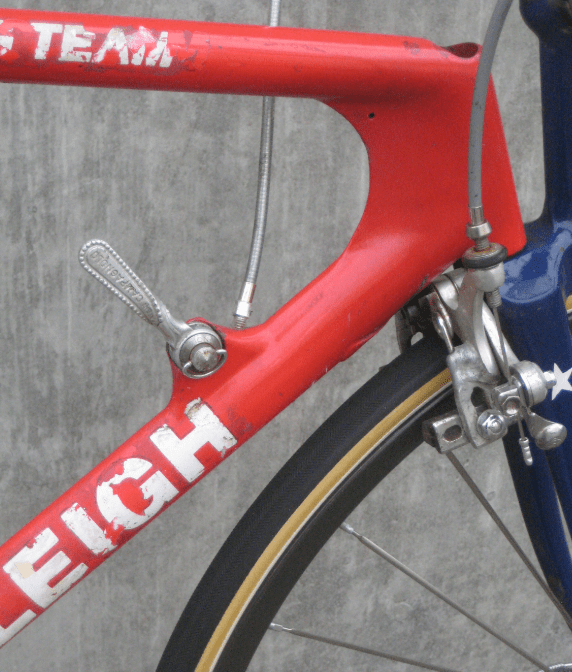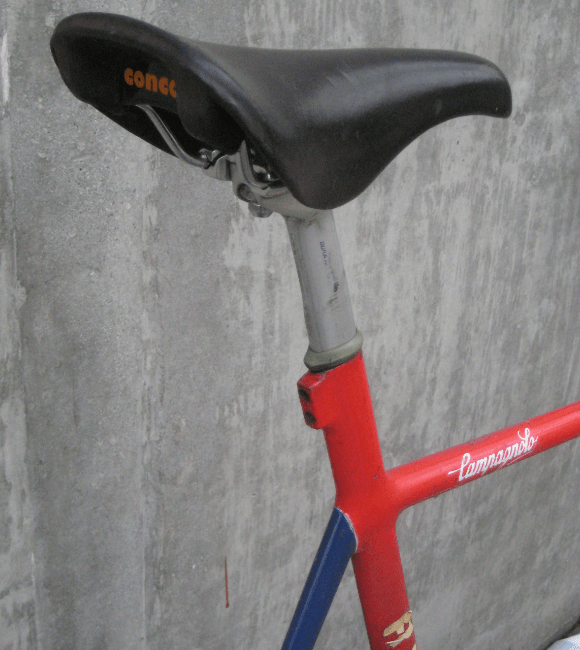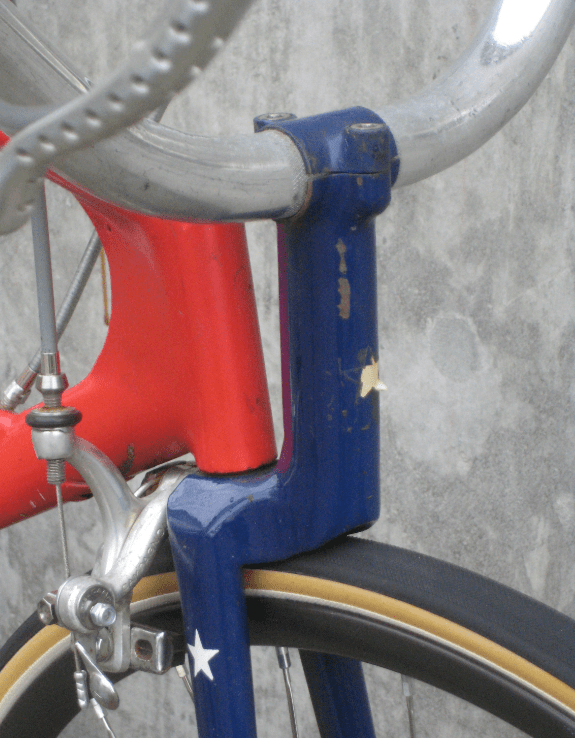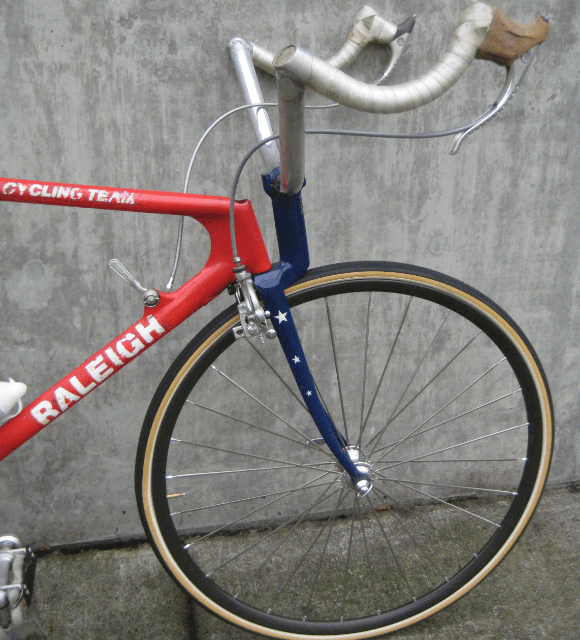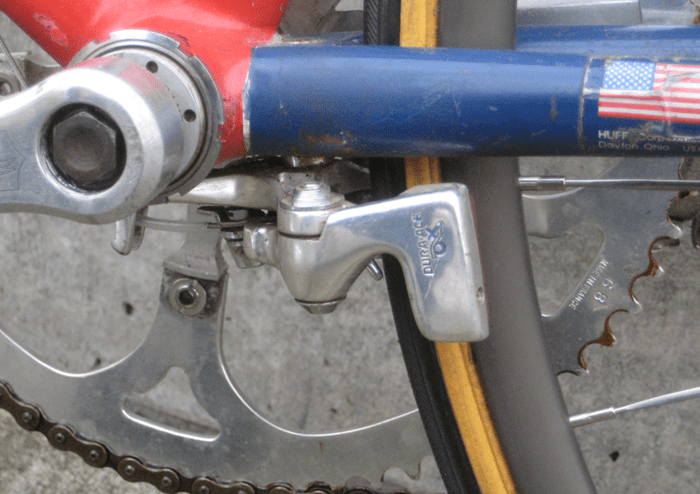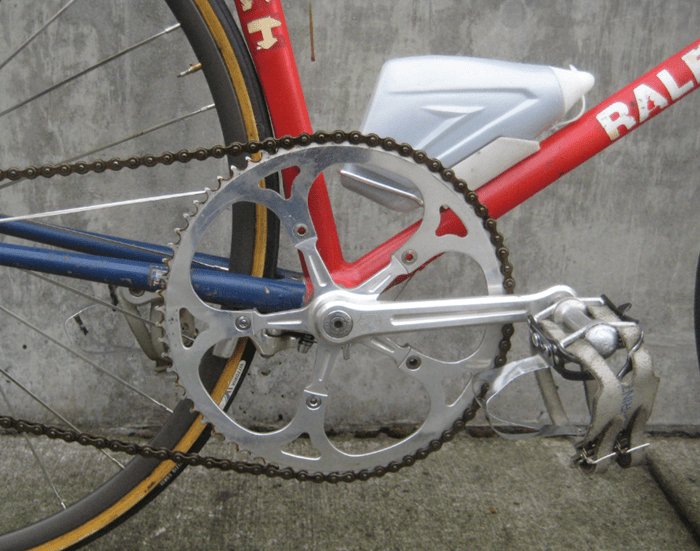1984 Olympic Time Trial Bike: A Very Unique Funny Bike
SPECIAL THANKS TO CLASSICCYCLEUS.COM FOR THE
INFORMATION AND IMAGES CONTAINED IN THS ARTICLE.
The 1984time trial bike for the USA is this week’s “Bicycle of the Week.” Bikes built specifically for time trials have carried the quirky nickname “Funny Bikes” since the 1980s. This term conjures images of aerodynamic marvels, each with a design that might look strange to the untrained eye but offers every possible advantage in a race against the clock.
The 1984 Funny Bike, designed for the 100km Team Time Trial event at the Los Angeles Olympics, stands as a pioneering example in this niche.
In the early 80s, cycling was on the cusp of an aerodynamic revolution. Bikes weren’t just about pedaling anymore—they were about slicing through the air with the least resistance. Enter the 1984 Time Trial Bike, a machine so ahead of its time that it still commands respect and curiosity among cycling enthusiasts.
Hand-built by Mike Melton, with oversight from U.S. Cycling’s technical director Ed Burke and aerodynamics expert Chester Kyle, this bike wasn’t just another time trial bike. It was a technological statement backed by Raleigh bikes’ resources and funding.
But why is this bike so significant in the annals of cycling history? For starters, there were only nine of these remarkable bikes produced specifically for the 1984 Olympics, making each one a rare piece of engineering art.
More than just a curiosity, the Funny Bike was a key player in the U.S. National Team’s success at the L.A. Games. The team’s efforts culminated in a bronze medal victory, with cyclists Ron Kiefel, Davis Phinney, Andy Weaver, and Roy Knickman proudly standing on the podium.
The Funny Bike’s aerodynamic design was a blend of cutting-edge aerodynamics and practical innovation. The frames, made from teardrop-shaped steel tubing, were designed to cut through the air with minimal resistance. Innovations like the gusset behind the head tube and wishbone seat stays were included to smooth out airflow and reduce drag. The small 24” front wheel on this time trail bike allowed riders to draft closer to their teammates, enhancing speed.
The unique design elements didn’t stop there. The handlebars, stem, and fork were originally designed with a cow horn style to minimize material and enhance aerodynamics.
Although this setup didn’t make it to the final Olympic medal bikes, it showcased the innovative spirit behind the project. The final design even included internal cable routing for brake cables, further reducing aerodynamic drag.
Speaking of brakes, the Funny Bike featured a reversed brake cable routing system and a Campagnolo component—specifically, a Campy Record brake caliper installed front to back. The brake mounted under the bottom bracket shell was a Shimano Dura-Ace AX model, highlighting the bike’s blend of experimental and practical features.
THE 1984 OLYMPIC TIME TRIAL BIKE PROJECT
The 100km Team Time Trial (TTT) is a race that tests not just speed but the harmony and strategy of a team. Picture this: four cyclists, racing against the clock, covering a grueling 100 kilometers as swiftly and smoothly as possible. It’s a symphony of endurance, power, and precision, where every second counts, and every detail matters.
At the Los Angeles Olympics, the stakes were high, and the U.S. National Team was determined to make a mark. The role of this specialized time trial bike, in this endeavor was pivotal. These bikes weren’t just tools; they were engineered masterpieces designed to give the U.S. team every possible edge.
The journey of these bikes started long before the actual race. Mike Melton, a renowned bike builder, was at the helm of this ambitious project. But he wasn’t working in isolation. He had the expert guidance of U.S. Cycling’s technical director, Ed Burke, and the aerodynamic wizardry of Chester Kyle. Backed by Raleigh’s resources, this trio set out to create a bike that would not only compete but excel on the Olympic stage.
For the U.S. team, the Funny Bikes were more than just machines—they were the culmination of months of meticulous planning, design, and testing. Every element of the bike was scrutinized for aerodynamic efficiency. The teardrop-shaped steel tubing of the frames was chosen to slice through the air with minimal resistance.
Each Time Trial Bike Proved It’s Worth
As the race unfolded at the L.A. Games, these bikes proved their worth. The goal was clear: secure a medal and make a statement. And that’s exactly what happened. Ron Kiefel, Davis Phinney, Andy Weaver, and Roy Knickman pedaled their way to a bronze medal, a testament to their skill, determination, and the advanced design of their Funny Bikes.
This time trial bike, with it’s sleek frames and innovative features, were crucial in achieving this success. The gusset behind the head tube and the wishbone seat stays helped streamline airflow, while the internal cable routing reduced aerodynamic drag. Every detail, no matter how small, contributed to the overall performance, allowing the team to shave off precious seconds from their time.
In a race where milliseconds can mean the difference between winning and losing, the Funny Bikes were a game-changer. They provided the U.S. team with the technological edge needed to compete at the highest level. The blend of expert craftsmanship, cutting-edge design, and rigorous testing culminated in a machine that was not only fast but also a joy to ride.
The 1984 Olympic project was a shining example of what can be achieved when innovation and passion come together. The Funny Bikes were more than just bicycles; they were symbols of a relentless pursuit of excellence. Their legacy continues to inspire and influence the world of cycling, proving that with the right combination of technology and teamwork, anything is possible.
Design and Innovation
Aerodynamic Frame Design
The design of the 1984 Funny Bike was a masterclass in aerodynamic innovation. Every curve, angle, and component was meticulously crafted to reduce drag and increase speed. One of the standout features of this bike was its use of teardrop-shaped steel tubing. This tubing wasn’t chosen just for its sleek appearance.
In addition to the aerodynamic tubing, this time trial bike incorporated a gusset behind the head tube. This seemingly small detail played a significant role in enhancing the bike’s performance.
The gusset smoothed out the airflow around the head tube area, reducing turbulence and further decreasing aerodynamic drag. It was a subtle yet effective modification that contributed to the bike’s overall efficiency.
Another innovative feature was the use of wishbone seat stays. Traditional seat stays often create turbulence as air flows over the bike, but the wishbone design helped streamline this process.
By directing airflow more smoothly, the wishbone seat stays minimized drag and allowed for a more aerodynamic profile. This attention to detail exemplified the forward-thinking approach of the bike’s designers, who left no stone unturned in their quest for speed.
Perhaps one of the most visually distinctive elements of the 1984 Funny Bike was its small 24” front wheel. While it might have looked unusual, this design choice was all about functionality. The smaller wheel size allowed riders to draft closer to their teammates, reducing wind resistance and enhancing overall speed.
In a team time trial, where coordination and aerodynamics are paramount, this feature was invaluable. By allowing the riders to position themselves more aerodynamically, the small front wheel helped shave precious seconds off their time.
Each feature, while seemingly minor on its own, combined to produce a machine that was not only fast but also incredibly efficient. The result was a bike that helped propel the U.S. team to Olympic success, demonstrating the power of thoughtful design and engineering.
UNIQUE FEATURES
A Time Trail Bike And The Funny Front End
The 1984 Funny Bike was packed with distinctive features that set it apart from other bikes of its time. One of the most intriguing aspects was the “Funny Front End.”
This wasn’t just a quirky name; it reflected the unconventional design of the handlebars, stem, and fork. Initially, this particular time trial bike sported a cow horn style handlebar setup, which eliminated excess material and provided just enough support for the rider’s hands.
This design aimed to be both lightweight and aerodynamic. Though the final Olympic time trial bike versions opted for a simpler configuration, the original setup showcased the team’s relentless pursuit of innovation.
Reversed Braking System
Next up is the reversed braking system, a feature that truly embodied outside-the-box thinking. On this time trial bike, the brake cables were routed backwards through the levers, a design choice that might seem counterintuitive at first.
However, it served a specific purpose: reducing aerodynamic drag. The front caliper, a Campy Record model, was installed in a reversed position, with additional spring holders added in what was previously the front.
This unconventional setup didn’t just look different—it performed differently too.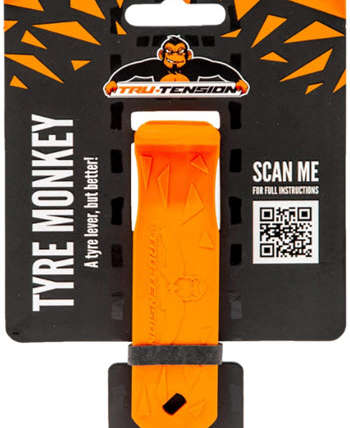 Under the bottom bracket shell was a Shimano Dura-Ace AX brake, further showcasing the blend of different components designed for optimal performance. This backward engineering was all about aerodynamics, ensuring every part of the bike worked towards slicing through the air more efficiently.
Under the bottom bracket shell was a Shimano Dura-Ace AX brake, further showcasing the blend of different components designed for optimal performance. This backward engineering was all about aerodynamics, ensuring every part of the bike worked towards slicing through the air more efficiently.
Aerodynamics and Gear Setup
The Funny Bike’s gear setup was another area where innovation shone through. Instead of the typical multiple chainrings, this bike featured a single massive 66-tooth chainring at the front. Modern cyclists might recognize this as a precursor to today’s trend of single chainring setups, but back in 1984, it was revolutionary.
This design choice wasn’t just about simplicity; it was about maximizing aerodynamics. With fewer components, there was less opportunity for drag, and the internal cable runs added to the bike’s sleek profile. The massive front ring on this time trial bike was part of a strategy to fit gearing around other aerodynamic features, rather than catering to a broad range of gear options.
Conclusion
The legacy of the 1984 Funny Bike is nothing short of monumental. This bike wasn’t just a piece of equipment; it was a catalyst for change in the cycling world. Its innovative design elements and unique features laid the groundwork for future advancements in bicycle engineering.
Today, any time trial bike is tested in wind tunnels, and every aspect of their design is scrutinized for aerodynamic efficiency. The principles first explored with the Funny Bike have become a cornerstone of competitive cycling.
 |
 |
We earn from qualified Amazon purchases with NO cost to you. ANY item that you need or were going to purchased anyway through any of our links, helps support this site. Thank you for your support!


